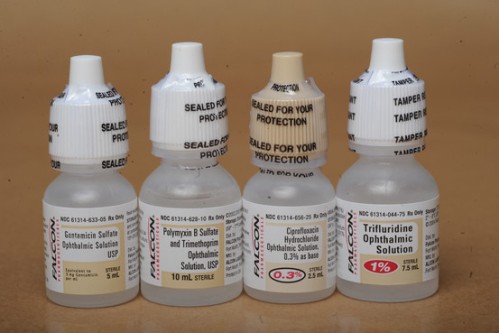So we tried a new approach to jump-starting a “difficult” team. The call came in an hour before an important 75 minute meeting and I was asked to run it. The meeting would be a first for this team and there was reportedly tensions.
So, I thought about what approach to use. Using my favorite lean training tool (thanks Brian Maskell for showing “Toast Kaizen” to me in 2006), and using the principles of adult learning (thanks to Malcolm S. Knowles) I decided it would be a simple matter.
Starting with introductions (always respecting people), we formed a circle with nothing between us. The idea was that everyone could make eye contact (thanks to Harrison Owen). We went around the room with each person’s name, something that makes him or her unique as a person, and any improvement you noticed in recent history (in any industry).
Thanks to GBM for creating such a powerful training tool (Toast Kaizen). We then reflected on how the person doing the work knows it best.
The answer! Open a space. I asked; “what could be improved around here”? Talk about the flood gates opening up! Each team member was instructed to write down their idea (one per sticky — Thanks 3M), state their idea to the team and post it on the board.
At one point someone posted a sensitive subject, and I reminded the team that we should postpone judgment until later.
Then we used multi-voting (thanks General Tire) to prioritize the issues. We used triadic evaluation using simple color dots (5,3,1). The only rule was the highest ranking person had to vote last. So then I asked a team member to tally the votes, and there we had the top four items.
I asked “who really wants to see … improve”, and then we had identified the first leader. Then, I asked each person to help the leader with understanding the problem a bit better and make some suggestion for improvement by the next week.
Feedback was outstanding. By the next morning word had spread, this was going to be different, “we are in control”! It was awesome.
And there you have it, open space with OD and lean!

